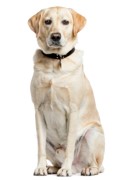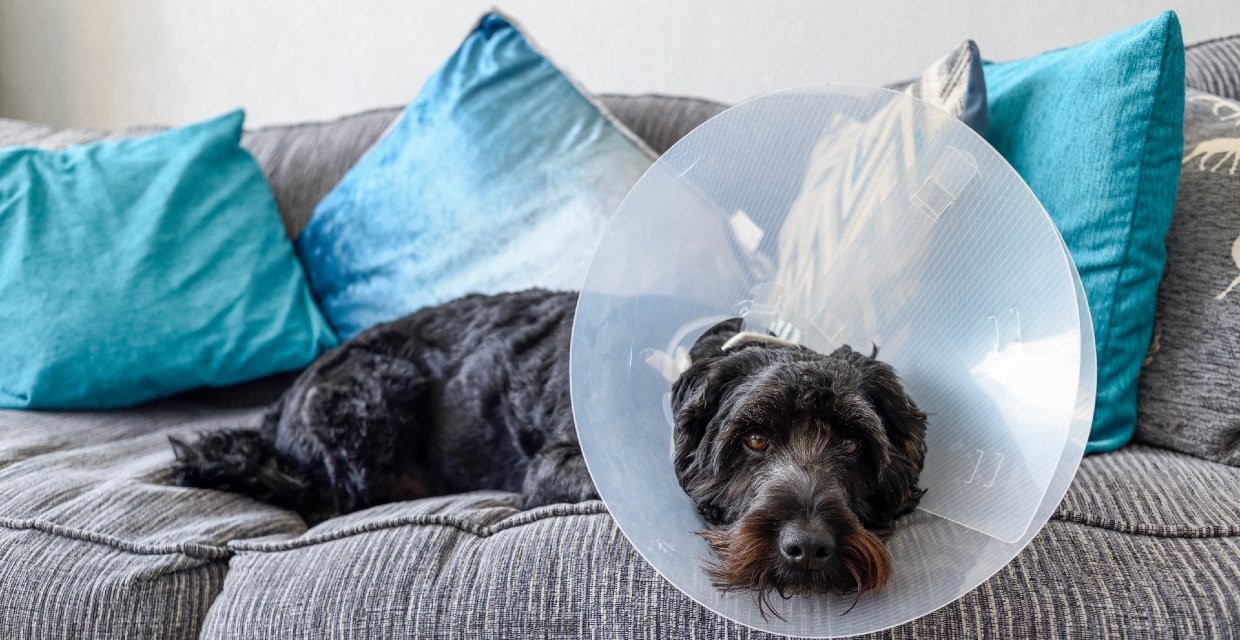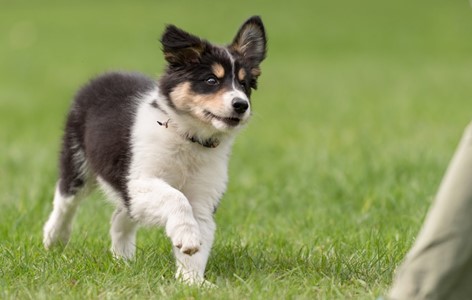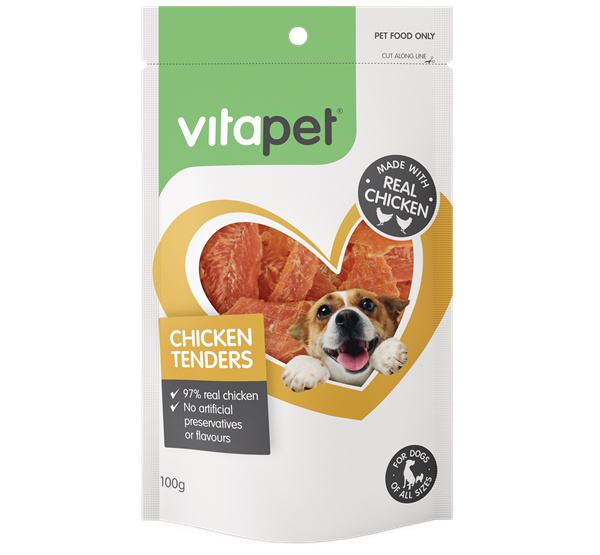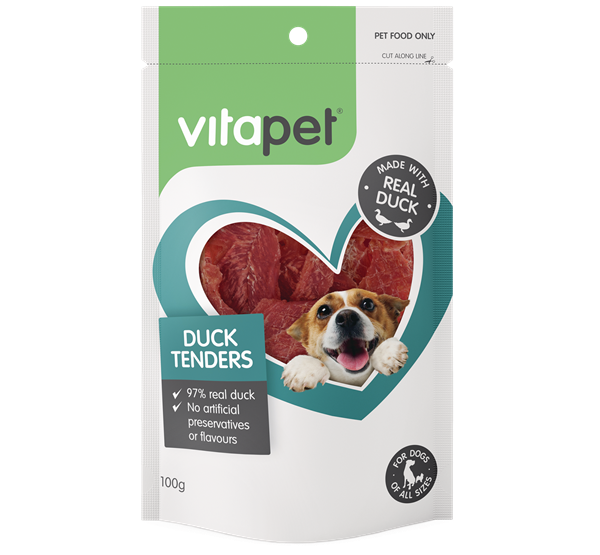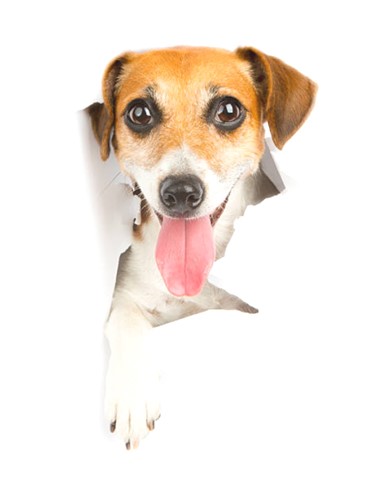From my experience, unless you’re a dog breeder, dog desexing is an important part of being a responsible pet owner. Desexing is sometimes referred to as neutering or sterilisation. The surgery is performed under general anaesthesia and involves removing the ovaries and uterus from a female dog (known as ovariohysterectomy or ‘spay’) or the testicles (known as castration) in male dogs.
The benefits of desexing far outweigh the risks but the right timing is important.
What are the benefits of desexing a dog and why is it recommended by vets?
Apart from reducing the number of unwanted puppies, the benefits of desexing range from avoiding certain behavioural traits to reducing the risk of medical problems later in life.
The benefits of desexing male dogs
Improved male dog behaviours after desexing. Desexed male dogs tend to display fewer problem behaviours including:
- Urine marking
- Inter-dog aggression
- Sexually directed behaviours e.g. humping
The top three health benefits from desexing male dogs include:
- Reduced prostate problems e.g. constipation due to an over-sized prostate1
- Eliminates the risk of testicular cancer and reduces the risk of perianal adenoma tumours2
- Reduced risk of perineal hernia3
The benefits of desexing female dogs
The top three health benefits from desexing female dogs include:
- Reduced risk of mammary cancer (almost zero chance if performed before first season)4
- Eliminates risk of pyometra (a life-threatening infection of the uterus)
- Eliminates risk of ovarian cancer
At what age are dogs desexed?
The correct age to get your puppy desexed depends on its size, breed and gender. Speak to your vet about the right time to desex your dog.
When to get a female puppy desexed
In female dogs, my recommendation is for female dog desexing to be carried out prior to having the first season (also known as ‘in heat’). This is because the relative risk of developing mammary cancer increases from next to nothing (if desexed prior to her first season) to 8% then 26% if your dog has her first and second seasons prior to desexing, respectively4.
The majority of female dogs come into heat just after 6 months of age, so my recommendation is to desex female dogs at 6 months of age.
When to get a male puppy desexed
In male dogs, the age I recommend desexing is dependent on the expected time that bony growth plates will close. This varies from 6 months of age in small breeds of dog like Chihuahuas to 18 months of age in giant dog breeds like Great Danes.
There is now some evidence to suggest that certain orthopaedic problems, such as cruciate ligament rupture, is less likely if desexing is delayed until expected growth plate closure5. I’d recommend discussing the dog desexing timing with your vet during the final puppy health check.
Female and male dog desexing recovery
Most veterinary hospitals will perform dog desexing as a day surgery. It is important to keep your dog quiet for the next few days after going home. My patients are prescribed oral pain relief medication for three days after the surgery and provided with either a bitter-tasting antiseptic spray for the wound, or an Elizabethan collar to prevent access to the wound. Your vet will advise you when your dog needs to come back for the sutures to be removed (if external sutures are placed) and this is an opportunity to check that wound healing is going well.
As you can see, desexing is recommended by most veterinarians and there are research-supported benefits for your dog.
Responsible pet ownership means doing everything we can to safeguard their health and well-being, so be sure to discuss the desexing procedure with your vet from an early age so that you can make the most informed decision for your dog.
References:
- Christensen BW. Canine prostate disease. Vet Clin North Am Small Anim Pract. 2018;48(4):701-19.
- Hayes HM, Wilson GP. Hormone-dependent neoplasms of the canine perianal gland. Cancer Res. 1977;7 pt 1:2068-71.
- Williams J. Perineal Hernia. World Small Animal Veterinary Association World Congress Proceedings 2014.
- Schneider R, Dorn CR, Taylor DO. Factors influencing canine mammary cancer development and postsurgical survival. J Natl Cancer Inst. 1969;43(6):1249-61.
- Slauterbeck JR, Pankratz K, Xu KT, Bozeman SC, Hardy DM. Canine ovariohysterectomy and orchiectomy increases the prevalence of ACL injury. Clin Orthop Relat Res. 2004;429:301-305.









